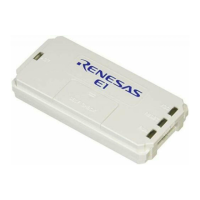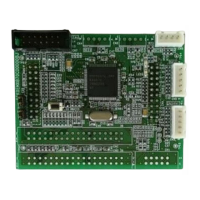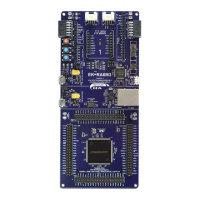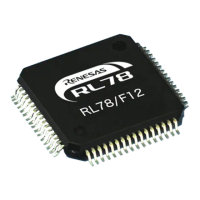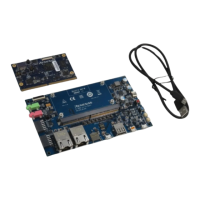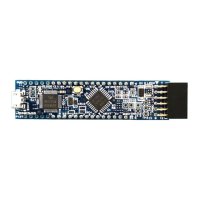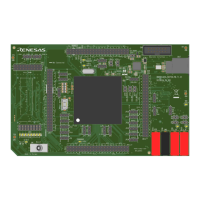1
1-9
OVERVIEW
32180 Group User’s Manual (Rev.1.0)
1.3 Pin Functions
Table 1.3.1 Description of Pin Functions (1/5)
Type Pin Name Signal Name Input/Output Description
Power supply VCCE Main power supply – Power supply for the device (5.0 V ± 0.5 V or 3.3 V ± 0.3 V).
EXCVCC Internal power supply – This pin connects an external capacitor.
VCC-BUS Bus power supply – Power supply for the bus control pins (5.0 V ± 0.5 V or 3.3 V
± 0.3 V).
VDDE RAM power supply – Backup power supply for the internal RAM (5.0 V ± 0.5 V or
3.3 V ± 0.3 V).
EXCVDD Internal power – This pin connects an external capacitor for the internal power
supply of RAM supply of the internal RAM.
VSS Ground – Connect all VSS pins to ground (GND).
Clock XIN, Clock input Input These are clock input/output pins. A PLL-based ×8 frequency
XOUT Clock output Output multiplier is included, which accepts as input a clock whose
frequency is 1/8 of the internal CPU clock frequency. (XIN
input is 10 MHz when f(CPUCLK) = 80 MHz.)
BCLK System clock Output This pin outputs a clock whose frequency is twice that of the
external input clock (XIN). (BCLK output is 20 MHz when
f(CPUCLK) = 80 MHz.) Use this clock to synchronize the
operation of external devices.
OSC-VCC Clock power supply – Power supply for the oscillator circuit. Connect OSC-VCC to
the main power supply.
OSC-VSS Clock ground – Connect OSC-VSS to ground.
VCNT PLL control – Connect a resistor and capacitor for control of the PLL circuit.
Reset RESET# Reset Input Reset input pin for the internal circuit.
Mode MOD0, Mode Input Set the microcomputer’s operation mode.
MOD1 MOD0 MOD1 Mode
0 0 Single-chip mode
0 1 External extension mode
1 0 Processor mode
(Boot mode) (Note 1)
1 1 (Settings inhibited)
Flash protect FP Flash protect Input This special pin protects the flash memory against rewrites
in hardware.
Address bus A11–A30 Address bus Output Twenty address lines (A11–A30) are included, allowing four
blocks each up to 2 MB memory space to be connected
external to the chip. A31 is not output.
Note 1: Boot mode requires that the FP pin should be at the high level. For details about boot mode, see Chapter 6, “Internal
Memory.”
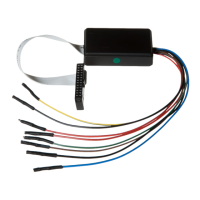
